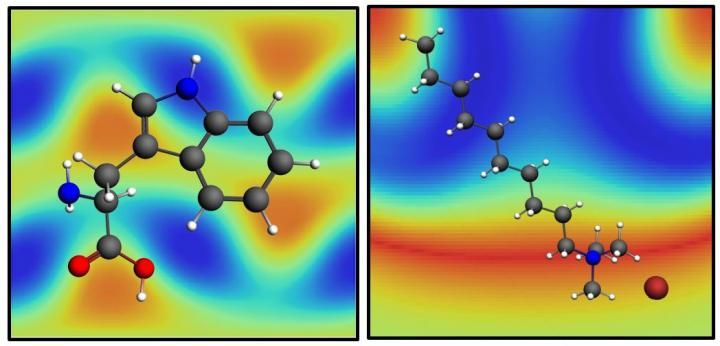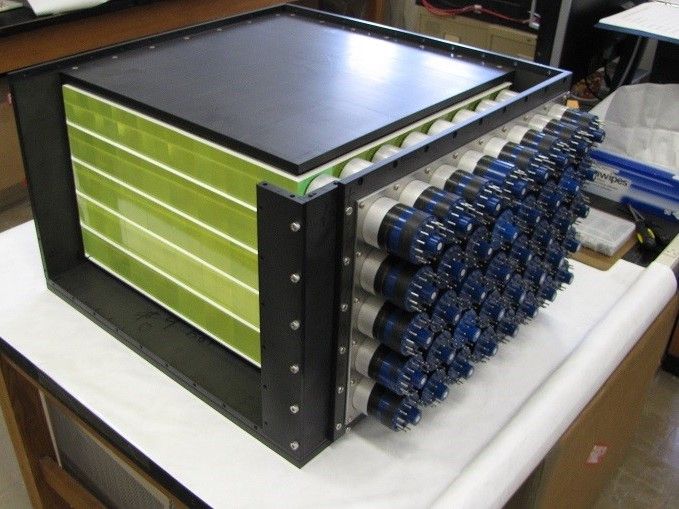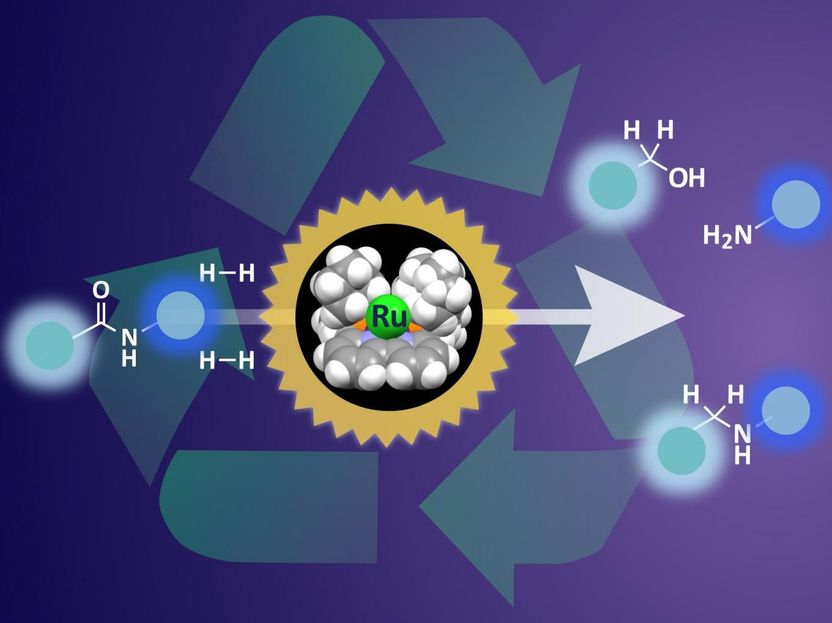Solar cell design using diverse plant pigments
A member of the Faculty of Biology of the Lomonosov Moscow State University in cooperation with his colleagues has optimized and characterized TiO₂-based solar cell design using diverse plant pigments. Two types of solar cells with two photosensitizers: thylakoid membrane preparations and anthocyanin-enriched raspberry extracts have been studied.
Suleyman Allakhverdiev, Doctor of Biological Sciences, Professor from the Department of Plant Physiology at the Faculty of Biology of the Lomonosov Moscow State University and one of the article authors explain: "To understand processes occurring in the solar cells, investigations characterizing the efficiency and stability with regard to environmental factors are also required. For this aim, novel instrumentation for the investigation of environmental effects on photocurrent generated by solar cells has been designed and constructed. The system can be a model, which reflects conditions required for effective and stable functioning of the solar cells. We've designed and studied solar cells where components of the photosynthetic apparatus are used as photosensitizers. With the help of the revealed stabilizing compounds we have managed to increase the active stable operation time of a system by four-six times.To such systems we've also proved the possibility to apply long-wave forms of chlorophyll, capable of absorbing low-energy photons, which aren't absorbed by usual chlorophyll molecules."
In order to create a solar cell, the scientists have used methods of immobilization of various biological pigment-protein complexes on the surface of nanostructured titanium dioxide.
The scientist concludes: "In the future we are going to study the possibility to use complexes of isolated reaction centers of photosynthesis as sensitizers in such systems, as well as, chlorophyll molecules which are able to absorb light in far red and near infrared spectral ranges. Biological systems, used as photosensitizers, are inexpensive and environmentally safe. Moreover, the same principle could be applied to creation of photocatalytic water cleavage systems with the outcome of molecular hydrogen, which could be a promising alternative to fossil fuel. Creation of artificial photobiosynthesis systems could become one of the possible means, covering ever-increasing needs of economy for cheap, environmentally safe and energy rich fuel types."
Original publication
R.A. Voloshin and V.S. Bedbenov and D.A. Gabrielyan and N.G. Brady and V.D. Kreslavski and S.K. Zharmukhamedov and M.V. Rodionova and B.D. Bruce and S.I. Allakhverdiev; "Optimization and characterization of TiO2-based solar cell design using diverse plant pigments"; International Journal of Hydrogen Energy; 2017
Most read news
Original publication
R.A. Voloshin and V.S. Bedbenov and D.A. Gabrielyan and N.G. Brady and V.D. Kreslavski and S.K. Zharmukhamedov and M.V. Rodionova and B.D. Bruce and S.I. Allakhverdiev; "Optimization and characterization of TiO2-based solar cell design using diverse plant pigments"; International Journal of Hydrogen Energy; 2017
Topics
Organizations
Other news from the department science

Get the chemical industry in your inbox
By submitting this form you agree that LUMITOS AG will send you the newsletter(s) selected above by email. Your data will not be passed on to third parties. Your data will be stored and processed in accordance with our data protection regulations. LUMITOS may contact you by email for the purpose of advertising or market and opinion surveys. You can revoke your consent at any time without giving reasons to LUMITOS AG, Ernst-Augustin-Str. 2, 12489 Berlin, Germany or by e-mail at revoke@lumitos.com with effect for the future. In addition, each email contains a link to unsubscribe from the corresponding newsletter.
Most read news
More news from our other portals
Last viewed contents

When crystals throw sparks - Voltage can be used for chemical reactions: New model for pyroelectric reactions developed
Norvatis: New study shows Elidel® provides sustained control of eczema

From scrap to raw material: With artificial intelligence to an efficient circular economy - Car2Car project develops technologies for an optimized recycling of end-of-life vehicles

Good vibrations help reveal molecular details

Physicists propose a new method for monitoring nuclear waste - Scenarios for using neutrino detectors in nuclear interim storage facilities

Brenntag acquires North American acetone specialist Matrix Chemical
SABIC selects Basell's Hostalen technology for two new HDPE plants in Europe and Saudi Arabia
Affymetrix and Iconix Collaborate to Develop New Solutions for Assessing Drug Toxicity

Electrons zipping around in crystals

Lignovations Closes Seed Investment to Accelerate Lignin-Based Biomaterial Innovation - A multifunctional alternative to many synthetic chemicals in cosmetics, coatings, packaging, adhesives, and other applications


























































